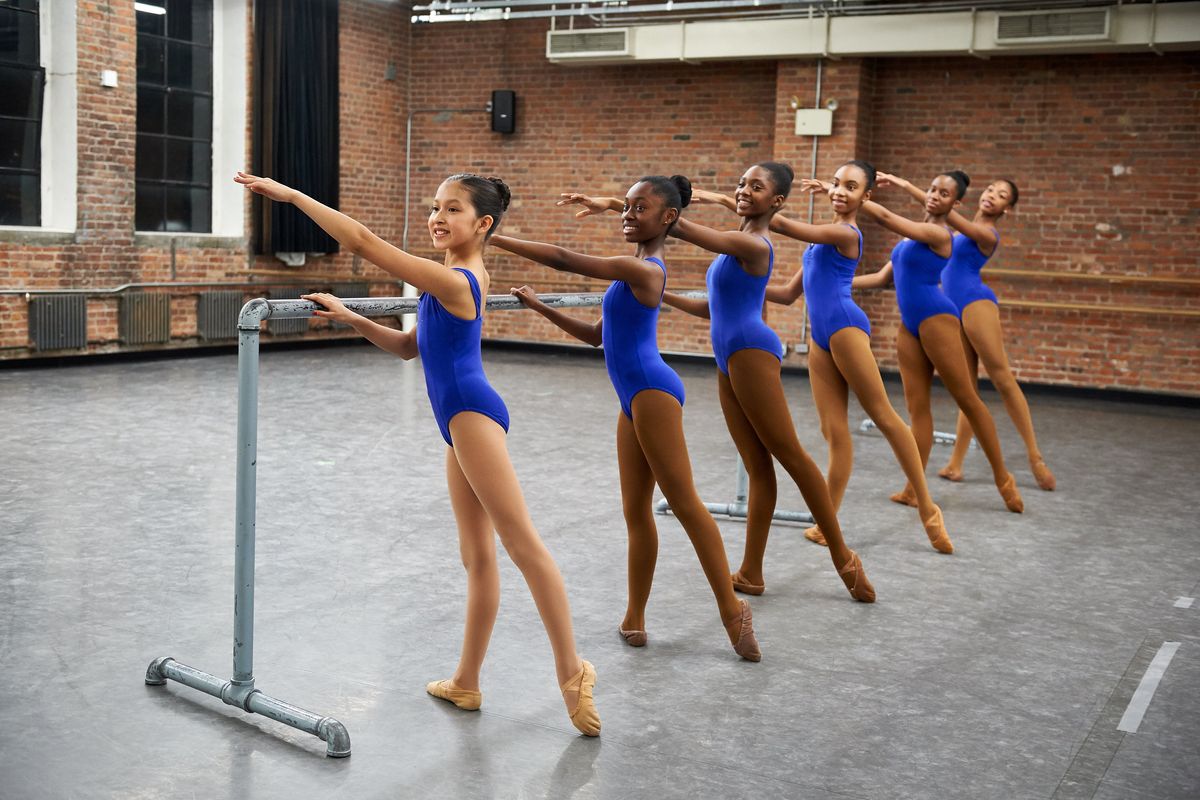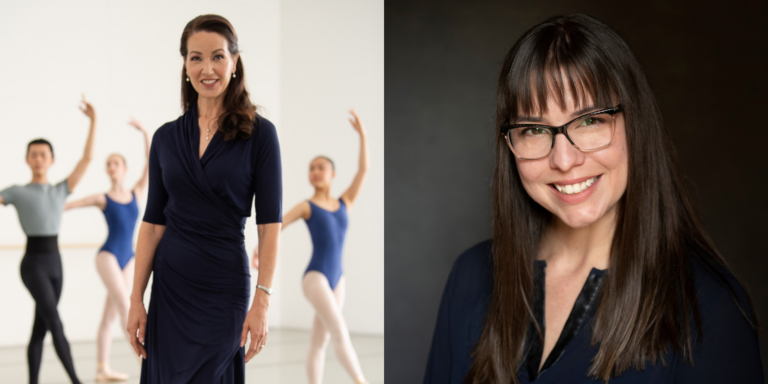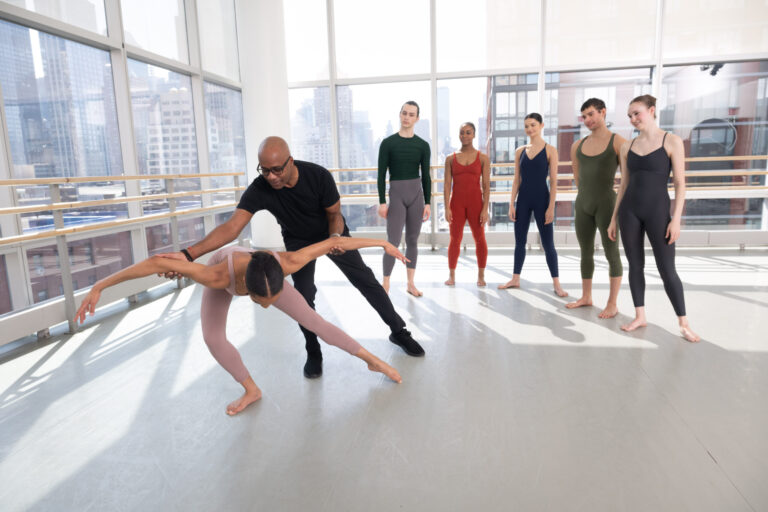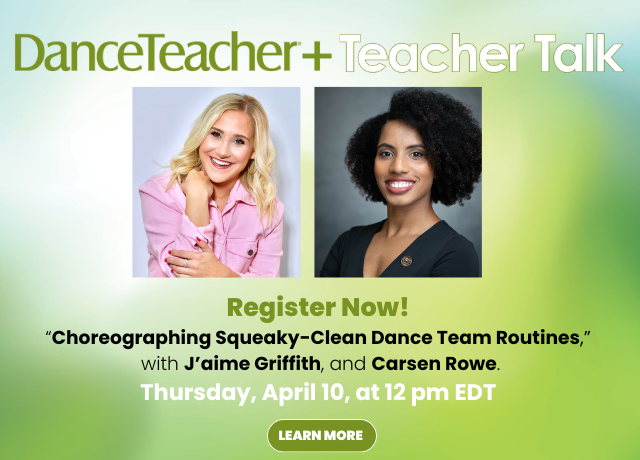
Imagine that your studio has a new 12-year-old student, who is interested in studying ballet. She has no formal training, yet she wants to take class with her peers. Where do you place her, and how do you ensure she gets the necessary foundation and stays excited and engaged?
Most ballet schools offer a robust youth program and separate classes for adult students. But sometimes preteens and teens want to take beginner ballet, and there are few, if any, classes specifically designed for their age and level. These dancers can feel stuck in the middle—too young to be in a class with adults, and uncomfortable in a room full of 7-year-olds. When this kind of placement becomes a challenge, consider these key strategies to make new in-between students feel included and inspired.
Create a new class, if possible
Some schools, like Dance Theatre of Harlem, have enough children at this level to support separate classes. “We have two different tracks for students, including a lower school for children ages 8 to 12 and an upper school for 12- to 17-year-olds,” says Robert Garland, resident choreographer and school director. “If they’re new dancers and they’re young, we put them into groups by age.” Garland has noticed an increase in high-school–age beginners, and he is developing a curriculum to serve these older teens as well.
Libba Owen, school administrator at Alabama Ballet, says that her school once had a teen ballet class—but it didn’t last. “After a month or so, they dropped,” she says. “We stopped doing it because they didn’t come consistently.” Now, Owen places these dancers as close to their age range as possible, even if there’s a bit of a gap. “We might put a 12-year-old who has never danced before in class with 10-year-olds,” she says. “The level is a little more advanced than we would like, but they’re smart and can pick it up.”
Set expectations
Teachers can help manage expectations by giving students a better understanding of the time necessary to achieve technical milestones and explaining that it might be different for each dancer. Garland recommends doing an orientation for all new students, so that they and their parents know what to expect once classes begin. “Let them know it’s going to be extremely repetitive,” he says. “They need to have patience and understand that you only gain proficiency by doing pliés and tendus well, over and over again.”
Part of the prep includes a warning that they might be the oldest ones in class. “If they’re really interested in learning ballet, they’re OK with it, and they come anyway,” Owen says. She also suggests that these dancers take private lessons and classes during the summer, to catch up to their peer level faster.
Students who start later are often very driven when they see and trust the process. “We explain why it’s necessary to maintain safety—so they don’t harm themselves by moving too quickly,” says Renee Griswold, general manager of Milwaukee Ballet School & Academy. “It’s difficult in those early pointe years, because students need to have a solid foundation first. We’ll have a conversation with the students and parents to make sure they understand that the child’s health is most important, not catching up with their friends.”
Stress individuality
It can be difficult for dancers to join a class with younger students, even with good preparation and an understanding of proper class placement and training. Teachers can promote an inclusive environment to ensure that these late starters have a good first experience and hopefully stick with it. “You never want someone to feel like they’re less than anyone else,” says Garland. “Even if they don’t pursue a professional career, maybe they’ll be ticket buyers, if we play our cards right.”
Students should feel accomplished and proud of their personal development, without comparing themselves to other dancers their age. “Teachers can encourage them to focus on their own experience,” he says, “and not tie their success and happiness to those around them.”





